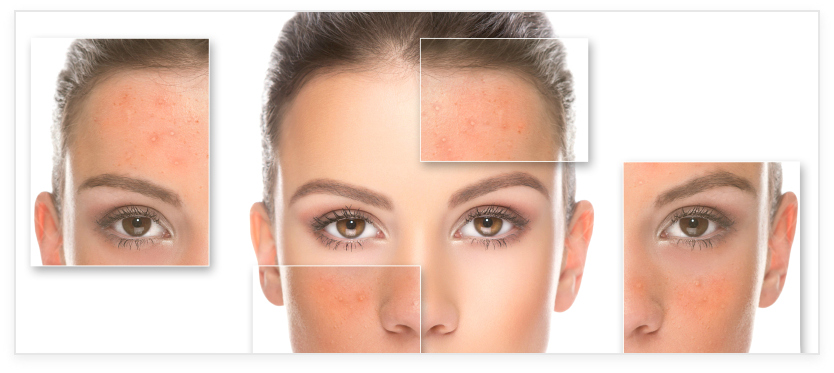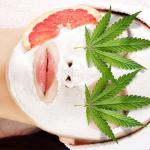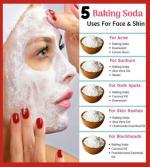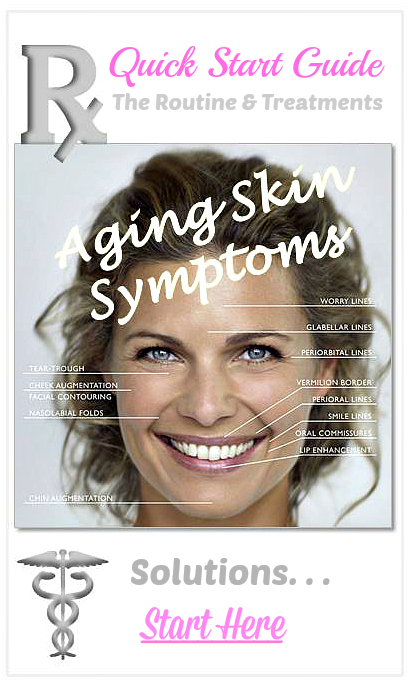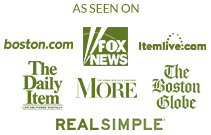- Home
- Skin Care Articles
- Rosacea Treatment
Rosacea Treatment
Effectively treating rosacea acne
What exactly is rosacea?
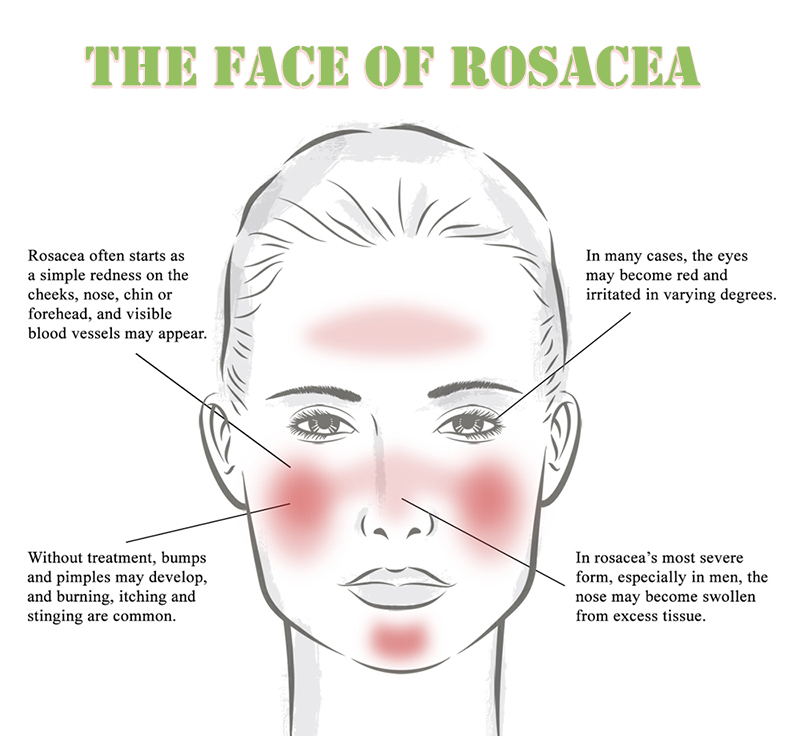
You thought you finally outgrew the days of bad skin and pimples?
Well, unfortunately, think again!
Many adults suffer from acne in their late twenties and thirties, even if they never experienced the problem in their teens.
There are generally two types of adult acne:
- the more common form is Acne Vulgaris
- the more rare form is Acne Rosacea
The exact cause is unknown, but it has many triggering factors.
It is estimated that up to 85% of the American population between the ages of 12 to 24 years of age have suffered from some form of Acne Vulgaris.
However, only about 5% of the population, or 13 million people, experience the aggravation and "rosy" cheeks of Acne Rosacea.
Rosacea is a chronic skin condition that results
from increased blood flow to the face.
Acne Rosacea is a skin condition that is generally restricted to the face and eyes. It generally affects people between the ages of 30 to 60 years old.
While symptoms vary greatly in type and severity, the "typical" condition can exhibit one or many more of the following:

- Cheeks may tend to blush or flush very easily
- Red patches on the face, especially on the central part of the face
- Visible facial blood vessels, particularly on the nose and cheeks
- Small, red, acne bumps
- Tender and hot feeling of the skin
- Irritation and dryness in and around the eyes
- Swollen and reddened eyelids
- Enlarged oil glands and/or bulbous red nose, often noted in men
While Acne Rosacea is not medically dangerous,it is, unfortunately incurable.
The good news is that it can be controlled with treatment.
The goal of rosacea treatments is to minimize the symptoms and reduce sensitivity of the skin and eyes.
The first step in determining a rosacea treatment regimen is to identify possible "triggers", which will be different for each individual.
Some common "triggers" may include hot baths, exercise, wind, cold weather, diet and certain skin products. Though this is by no means a comprehensive list.
The key to relief is to identify those conditions which tend to aggravate your Rosacea.
Easier said then done, you say?
Not really.
The National Rosacea Society recommends that you maintain a symptom diary. The purpose of your diary is to record what was eaten, the activity or the conditions immediately prior to the onset of a Rosacea flare-up.
Acne Rosacea generally flares-up when an affected person is exposed to certain environmental or dietary conditions.
Over a few weeks time, you should start to see a pattern form that will give you insight into your own "triggers".
Of course, once you have these "triggers" identified, you can avoid these conditions by modifying your lifestyle or eating habits. Other factors can also contribute to the exacerbation of Rosacea and should be avoided if at all possible.
These factors include:
- avoiding direct sunlight
- use sunscreen to protect the face all year round
- do not scratch or rub the skin
- avoid alcohol and tobacco
- reducing stress
- avoiding long workouts or exertion in hot weather
- limit spicy foods and hot beverages
Besides avoiding known "triggers", more severe symptoms can be treated with oral or topical antibiotics. Other medications, similar to vitamin A, are utilized in more extreme cases and are only available through your dermatologist.
Options for DIY home Rosacea treatment:
- A gentle daily facial massage may help reduce swelling and inflammation. Use a circular motion with your fingers starting on the central part of the face and work toward the ears.
- Recent studies suggest that caffeine may reduce the risk of developing rosacea. Even so, hot beverages are also a common trigger.
- Use topical products specifically formulated for sensitive skin types, including facial wash, toners, moisturizers and other facial products.
- Use facial products packed with natural ingredients rich in emollient, antibacterial, antioxidant and soothing properties such as coconut oil, emu oil, laurel wood, oregano oil, turmeric, ginger, Aloe Vera, and raw honey.
- It is also recommended that the use of essential oils including tea tree, lavender, eucalyptus, geranium,
chamomile, rose, rosemary and thyme have all been found to fight
skin inflammation and help treat sensitive skin.
- Home facial laser treatment LED light therapy device can reduce inflammation and help control bacteria.
Final Note:
Always consult with your doctor about the pros and cons of using any DIY home rosacea treatment to ensure that your therapeutic treatment plan best suits your specific skin type and presenting symptoms.
Author:
Bill Wilson is a Health and Beauty writer who focuses on rosacea treatment, treatment alternatives for skin and hair issues.
